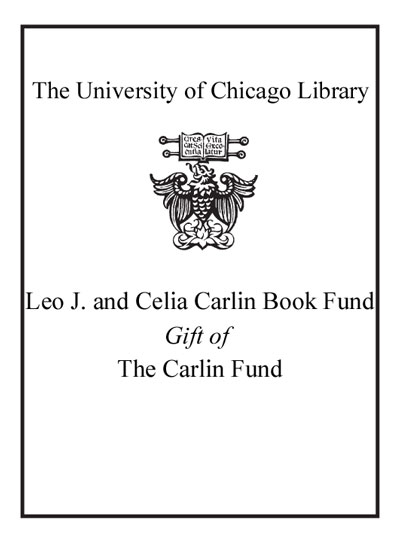Review by Choice Review
Although listed as the second edition of Taylor's important 1987 publication with the same name, this is a greatly expanded, much more comprehensive coverage of the subject. At the core are extensive treatments of the radiocarbon dating technique and the history of its discovery by physicist Willard Libby and coworkers. Just as important are lengthy, well-referenced chapters of the implications of radiocarbon dating for Old and New World archaeology, referencing general problems in the application of the dating technique and specific examples from the Old and New Worlds. The volume includes a comprehensive current bibliography and is abundantly illustrated with photos, charts, and maps. Clearly, this is an essential volume for colleges and universities with programs in physics, history, and anthropology, drawing the attention of both professionals and students. More general readers will find items of interest, such as the physics of dating or the history of its discovery, or contentious dating problems, such as the Shroud of Turin, but they may find the volume as a whole somewhat daunting. Summing Up: Essential. All academic levels/libraries. --R. Berle Clay, emeritus, University of Kentucky
Copyright American Library Association, used with permission.
Review by Choice Review

